Imee and me at Princeton University (Part 1)
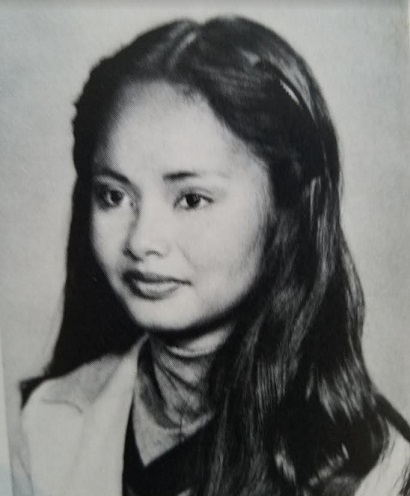
By Marissa Bañez, Esq.
Imee Marcos attended Princeton University. I know. I saw her there. I met her. I even had lunch with her (and her bodyguards). She spoke to me in a Filipino-accented English with a British inflection.
Some years ago, there was a huge brouhaha about whether Ms. Marcos attended Princeton University. I remember thinking how crazy that was. Of course she did! The university ultimately issued a statement that she entered the university in 1973 until 1976, took a year off, and returned in the fall of 1977 until spring of 1979, but they have no record of her being awarded a degree. I have no personal knowledge on whether she graduated or not.
(Princeton’s deputy university spokesperson Michael Hotchkiss has told Rappler in a 2019 news report that Marcos did not finish her degree. “Our records do not show that Ms. Marcos was awarded a degree,” he said. – Editor)
But I do have a personal recollection of seeing her around campus while I attended the university from 1976 to 1980. I have a vague memory of hearing that she was a year ahead of me, which matches the university’s records. To my knowledge, Ms. Marcos and I were the only Filipinas attending Princeton at the time. She of the Marcos name, wealth, status, and all that that entailed. I of the unknown Bañezes, who lived in a house built by my grandfather’s own hands in the mountain province of Baguio City and emigrated to an immigrant neighborhood of downtown Los Angeles, where my family somehow survived gangs, drugs, and poverty.
Princeton – of all places – equalized Ms. Marcos and me in a strange way. I will not hazard a guess on the reason or process by which she was admitted. I can only speak to the fact that I was admitted as part of the university’s efforts to diversify by race, gender, and socioeconomic levels. Whatever the case may be and however we got there, there we were – two Filipina students at the apex of American higher learning.
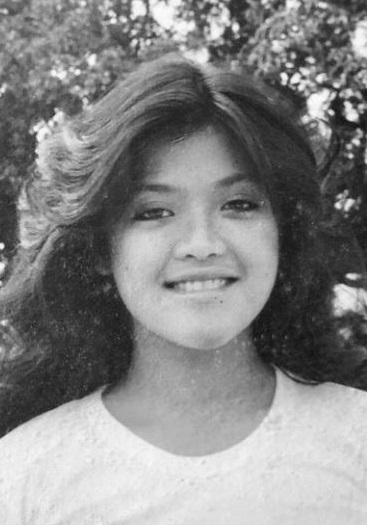
That’s where the similarity ends.
I have a clear memory of seeing Ms. Marcos walking along Prospect Gardens on a sunny day alongside a handsome young man, closely followed by her two bodyguards. I remember thinking how lovely she looked with that magnificent full head of black hair, and all decked out in beautiful and what I can only assume as very expensive carefully put-together clothes. How different not only from me with my very inexpensive outfits (I had nice long black hair then so at least that wasn’t too different from her) but also from most of the students, many of whose own massive wealth was not readily on display.
Princeton has always attracted the so-called elite, the rich and the powerful from all over the world. Unsurprisingly, many of my schoolmates fit all three categories to a T. Yet, as far as I saw, Ms. Marcos was the only student at that time followed around by bodyguards wherever she went on campus. We never shared any classes, so I don’t know if the bodyguards ever went into the classrooms with her, but I do recall seeing them sitting outside some of the buildings where classes were held.
I double-majored in politics and teacher’s prep. In consulting with my thesis advisor, he suggested that I interview Ms. Marcos for my proposed thesis on politics. I don’t specifically recall how it all came about but somehow my advisor was able to arrange for me to meet Ms. Marcos. To this day, I’m still amazed and mystified that she agreed to meet me at all. I just remember speaking on the phone with someone on her behalf to make the arrangements for lunch.
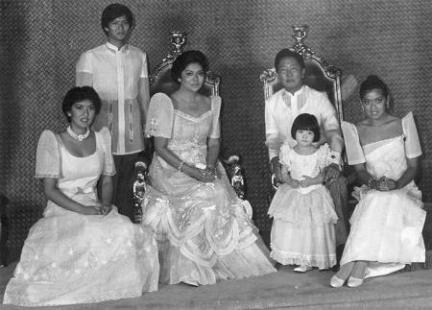
Located on the side street of Witherspoon Street, Lahiere’s closed in 2010. For 91 years before closing, it was one of the most expensive and upscale restaurants in town. Apparently, people such as Albert Einstein and the King of Jordan had dined there. It was a place to see and be seen, and it was always full of people from town, especially at lunch. I saw students eating there only when they were being treated by parents or other adults. I’d never set foot in the place before and yet I felt my lunch with Ms. Marcos had to be in such a storied restaurant. With my experience and knowledge of how rich people lived being limited to what I saw on TV or read in books, I just assumed Lahiere’s was the type of place she expected.
Of course, I fully intended to pay for the meal. So, I earnestly started saving what little money I had or could scrounge up from working in the library.
Marissa Bañez is a lawyer and a children’s illustrated book author. Her first book, “Hope and Fortune,” will be officially released on February 2, 2023, and is now available for preorders on Amazon.com. Her second book, “Hues and Harmony (How the Singing Butterfly Got Her Colors),” is due to be released in July 2023.
Part 2: ‘We met for lunch; I ate, she didn’t’
© The FilAm 2022

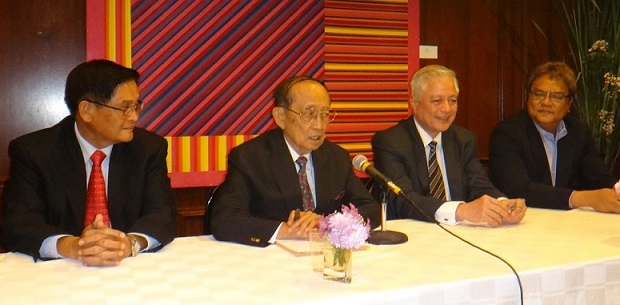

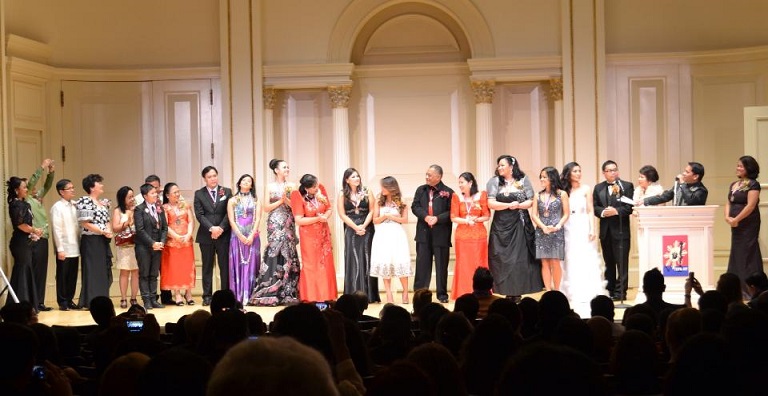
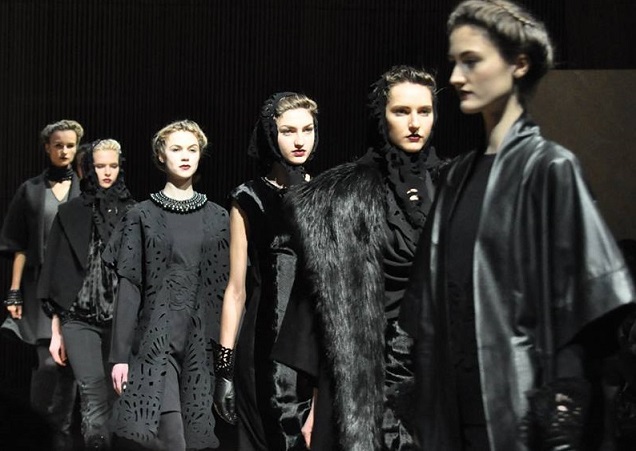
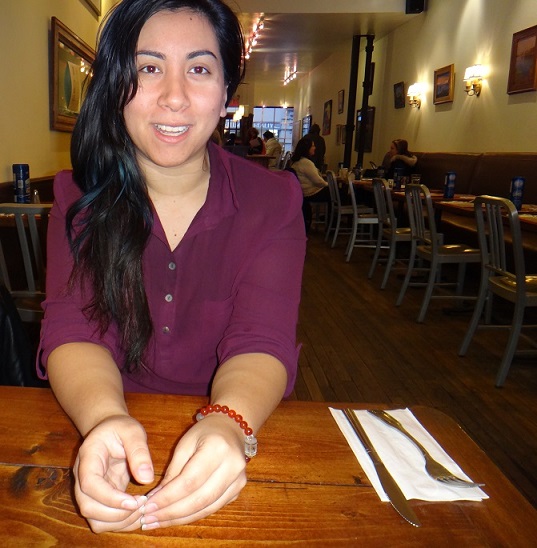
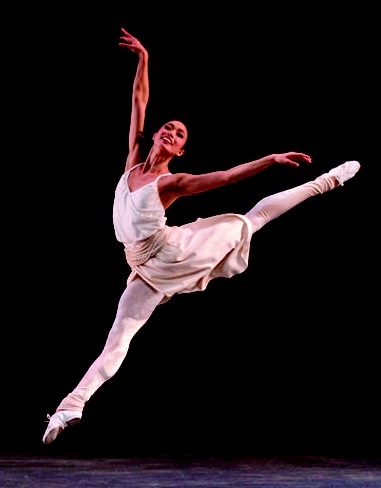
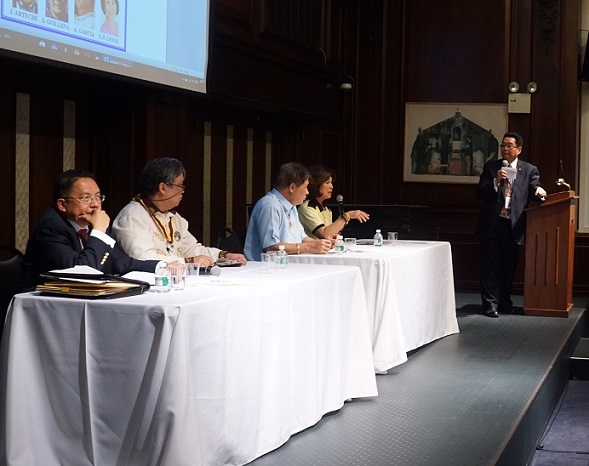

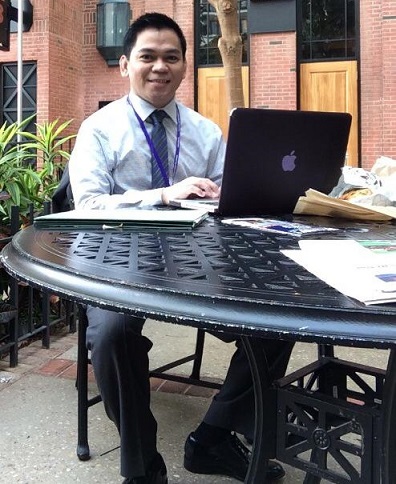


Fascinating.